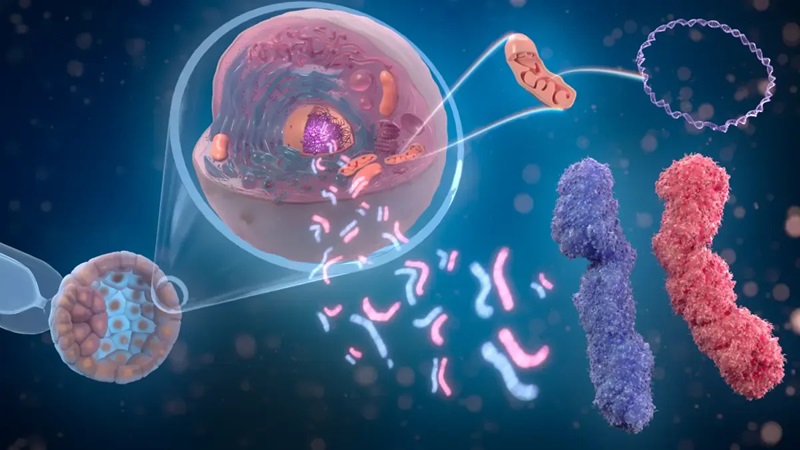New Technique Enables Comprehensive Genetic Examination of Embryos with Single Test
Posted on 05 Sep 2024
Prospective parents facing the risk of transmitting serious hereditary diseases or experiencing recurrent miscarriages due to chromosomal abnormalities often turn to pre-implantation genetic testing (PGT), or embryo selection. This IVF process involves screening embryos for genetic defects, ensuring only those without such abnormalities are implanted. Genetic flaws can vary widely; for instance, a single-gene mutation may heighten the risk of hereditary breast cancer, while chromosomal irregularities might lead to miscarriages due to non-viable embryos. Until now, identifying these different abnormalities required multiple tests, forcing each couple to undergo separate genetic evaluations to determine the appropriate test. Researchers have now introduced a method that examines embryos for all recognized genetic irregularities using just one test. This new technique is more accurate and faster than earlier methods, increasing the chances of conceiving a healthy child for those at heightened risk of inherited disorders.
Developed by scientists at Karolinska Institutet (Stockholm, Sweden and Maastricht University (Maastricht, Netherlands;l), this innovative technique can analyze the entire genome—encompassing all genes and chromosomes—in a single test. This comprehensive approach allows for the detection of any hereditary condition more rapidly and effectively. The preliminary process is uniform for all, streamlining and speeding up the procedure. According to research published in Nature Communications, this method not only covers all known anomaly types but also boasts greater accuracy than existing technologies, identifying even minute genetic errors.

This advancement in technology opens new doors by enabling a full examination of genetic material. Clinically, it allows for an assessment that goes beyond the specific condition sought, helping to identify embryos with the best prospects for a successful pregnancy and healthy childbirth. This could potentially reduce the number of embryos needed for transfer. Nonetheless, this broadened capability brings up several ethical questions. There needs to be a consensus on how to handle unexpected findings that are definitively problematic, ensuring that no embryos with these issues are transferred, while also distinguishing them from normal genetic variations. Therefore, both ethical deliberation and additional data are essential to establish clear guidelines for clinical application.
“With the available tests, we could only examine specific parts of the genetic information in an embryo. This new technique maps all the genetic information in an embryo, which means we do not need to develop a PGT test for each individual condition,” said geneticist Masoud Zamani Esteki, an affiliated researcher at Karolinska Institutet, who led the study. “In addition, this technique can also detect specific genetic abnormalities, namely those in the DNA outside the cell nucleus (mitochondrial DNA), such as in MELAS syndrome.”
Related Links:
Karolinska Institutet
Maastricht University














